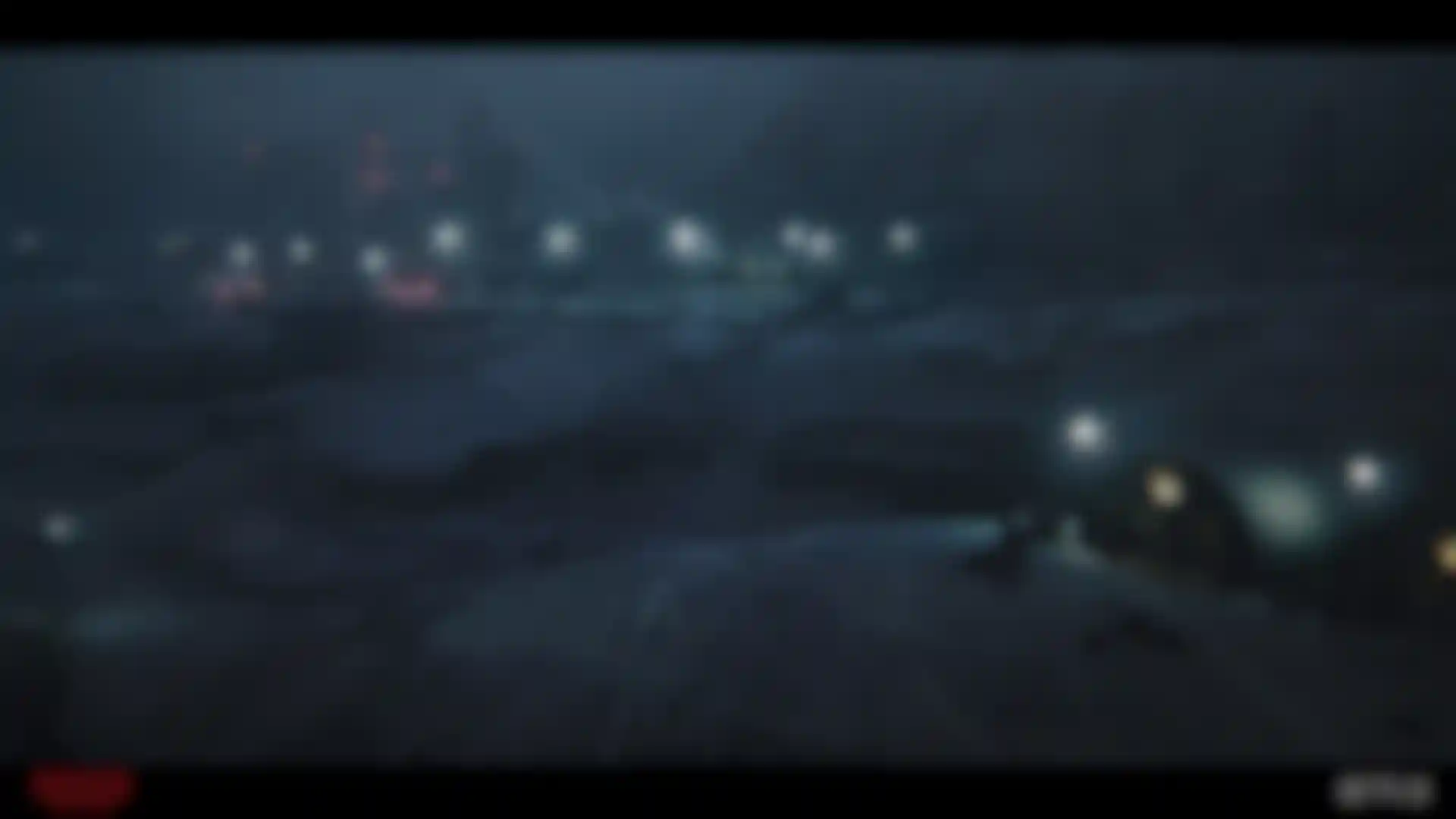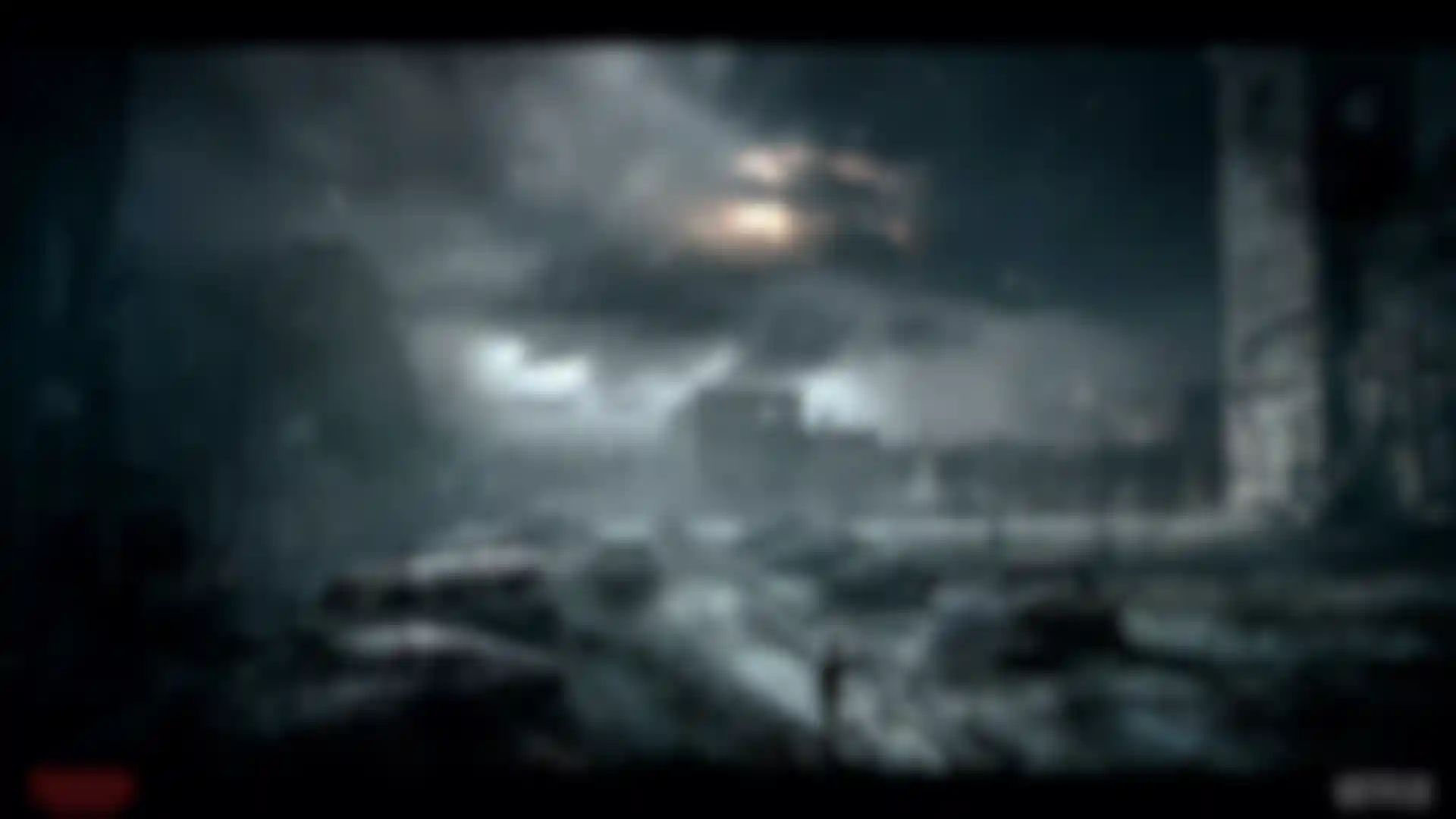
The Art of Stranger Things As fans gear up for season four of the popular sci-fi series, Visual Effects Designer Steven Messing offers a look at how aspects of the series are created in C4D.
There aren’t a lot of artists with a credits list like Emmy Award-winning Art Director Steven Messing’s. Over his long career, Messing has contributed to more than 50 film and television projects, including Avatar sequels, Avengers, Alien Covenant, Transformers, Game of Thrones and Stranger Things.
Using Cinema 4D, Messing focuses primarily on art direction and the creation of complex 3D environments. As hype ramps up for season four of Netflix’s Stranger Things, we talked with Messing about his work on seasons two and three of the popular TV show. Here’s what he told us.

Tell us about yourself and how you got into the industry.
Messing: I grew up in the San Francisco Bay area and was always painting and drawing as a child. I came down to Los Angeles to go to film school at USC where I focused my education on lighting and cinematography. We were shooting on traditional 16mm film back then, and there were primitive digital film cameras at the time too. I was fortunate to learn a lot about cinematic lighting and how to cheat different optical effects on set.
I got my start in the entertainment field working at Adobe Systems in San Jose, California. I tested software for Photoshop and Illustrator and produced graphics for Photoshop marketing campaigns. I learned a lot about the basic theory behind digital compositing as it advanced through the early 2000s. Later, I studied design at Art Center College in Pasadena where I gained a wealth of knowledge from industry professionals and some very talented peers.
After school I worked in the cinematics departments at several video game studios before eventually working my way into feature films. A good friend of mine, and industry legend, Dylan Cole, introduced me to renowned Matte Supervisor, Chris Evans of ILM and Matte World Digital.
I had the opportunity to work under Chris and VFX Supervisor Craig Barron, where I developed an eye for realistic lighting, perspective and compositing. Those two industry veterans taught me a lot about shot design and problem solving, and their refined, subtle aesthetics greatly influenced my film work.
Are you so well known now that you don’t have to do much promotion?
Messing: I am lucky that, at this stage in my career, I mostly have people contacting me through word of mouth. I do not do much marketing or send out reels routinely. I think the nature of what I do, and who I've worked with over the years, has put me in a very fortunate position within the industry. I owe a lot of this to Craig Barron, whom I mentioned earlier. He put a lot faith in me and taught me early on in my career.
Tell us about your work on Stranger Things.
Messing: I worked on the past two seasons of Stranger Things, and I’m a huge fan of the show. I think the Duffer Brothers are masters of their craft and the writing is some of the most dynamic on television today. I worked primarily with the VFX team under talented VFX Supervisor Paul Graff. I have worked with Paul on many films and Emmy Award-winning series over the years. I helped create set designs and final digital set extensions. I also helped concept the Shadow Monster (Mind Flayer) that we've seen evolve throughout the last few seasons of the show. The team at Hydraulx produced the CG monster for season two, and the creature later evolves into an amalgamated form in the third season, which was created by Rodeo FX.


When concepting the Mind Flayer, it was described to me as a mysterious demon-like shadow creature. It forms in the Upside Down [an alternate dimension] and is initially made of particulate elements that coalesce into a haunting silhouette. I took inspiration from many animals, including the daddy longlegs spider.
The idea of those long, gangly appendages lurking in the clouds was quite scary with a head hunched over, peering down at the viewer. Adding red lighting was new and unique to the subtle blue tones of the Upside Down world, as the shadow creature emerges from the storm.
Michael Maher is another very talented designer working on the show. He uses C4D extensively, and his work is incredible. He creates a blend of 2D and 3D concepts that really are at the core of the show's aesthetic. While working on shots, we often took set and location plates, quickly tracked them in C4D and then modeled set extensions to render in Redshift and Octane. That helped us plan out location shoots and execute final set extensions.
For season two, I used Cinema 4D for all of the complex 3D drone shots of the Hawkins Lab exterior. Other shots were done in collaboration with VFX houses Atomic Fiction, Hydraulx and Crafty Apes. We delivered 4K 32-bit EXRs for all of our shots, which was a feat in itself as we didn’t rely on the robust render farm for the in-house team.

At times we would reproject photographic elements into the shots using C4D's powerful multi-layer Projection Man System and Mograph toolsets. That flexibility and speed allowed the in-house VFX team to execute dozens of complex 3D shots that would normally require a large VFX team to produce off-site.
Describe your work on the Russian military base.
Messing: The Russian military base that was teased at the end of season 3 is a good example of what we were able to accomplish without a large render farm. I designed and built all of the exterior establishing shots in 3D. Compositing Lead Brian Sales and I completed the shots without the need for a VFX studio pipeline. Michael also created wonderful 3D layouts for many of the interior scenes for which I did much of the final 3D matte work, including complex 3D dolly, crane and drone shots.
I built procedural rocks and mountains, and utilized 3D photogrammetry, to design the terrain in that digital set. Drones were used to scan large-scale chunks of terrain for added realism near key areas. I projected photographic elements onto rock faces and building structures to get finer detail as needed. Dynamic cars, snow particulate and helicopters were all animated in the shots.


Brian used X-Particles to create detailed snow whirling around the scene. That included rotor wash from the helicopter interacting with the helipad platform. Multiple layers of additional snow wafting around cars and buildings all added to the detail and realism of the scene. There are a lot of subtle layers of complexity built into these shots.
The combination of mixing real elements and procedural techniques in C4D is quite powerful. I was able to have trillions of polygons using Mograph instancing techniques, which few programs can accomplish. The unique hierarchical instancing of C4D allows for multiple nested objects to be efficiently populated in a non-destructive workflow. Leveraging these techniques allowed for a large amount of geo to be rendered on a single workstation.


Your concept art is gorgeous. Tell us about your creative process.
Messing: Many of the concepts I created for the show were based on discussions with the creative team. Usually, I try to start by painting over a location photo, if possible. That way, it will be close to what the scene will look like. I often create a simple 3D layout over the photo and begin adding details in Photoshop. I try to think about the narrative of the scene and how to lead the eye through the image to best tell the story.
Knowing when to use the right amount of detail is a common challenge for many designers. Often, shots can get too busy and overly detailed, which ironically makes them look less believable. Working with industry masters like Rob Stromberg and Chris Evans has really helped train my eye and taught me how to focus the viewer.


What do you find most interesting and enjoyable about what you do?
Messing: I find the collaborative environment of filmmaking a great experience to learn from different artists and disciplines. I am always studying new tools and techniques to push myself and expand my knowledge base. Working with incredible designers like Dylan Cole, Robert Stromberg, Chris Evans and other has given me wealth of knowledge that has a rich history.
Alfred Hitchcock's Matte Painter, Albert Whitlock, taught many incredible techniques that were passed down to me. I feel very fortunate to be a part of such a rich lineage. I’ve realized that there are never enough hours in the day to learn, and I never want to feel complacent in my work.
What types of projects would you most like to be involved with?
Messing: I would love to work on more period films and series. I have done many sci-fi and fantasy projects, as well as other high-concept genres. I enjoy variety, and I am currently working on an untitled David O. Russell film, which I love. I enjoy researching historic cities, time periods and cultures. It's exciting to uncover how things were built and evolved throughout history.
All images are courtesy of Netflix.

